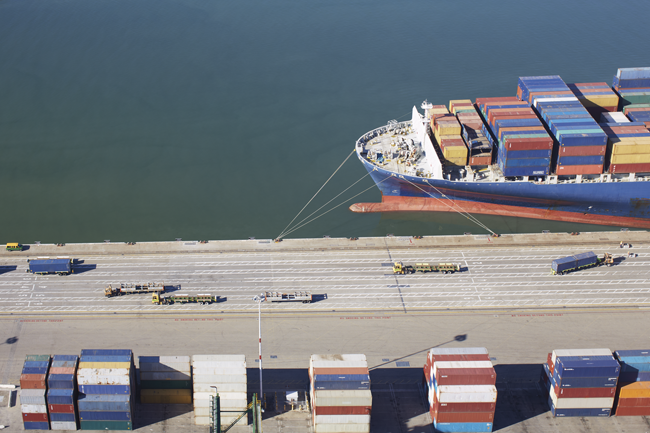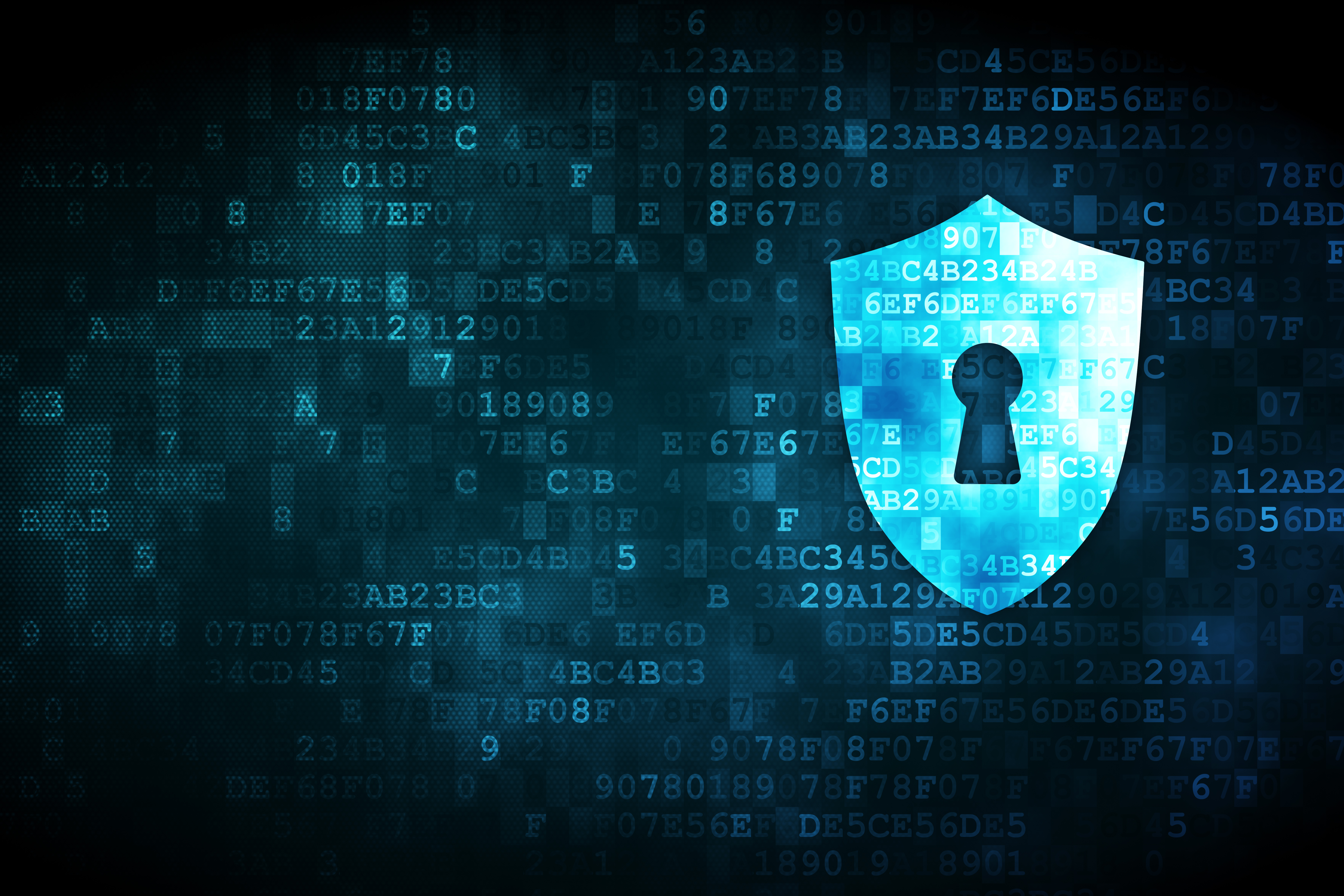This blog post was authored by Arthur Ball, managing director, Public Safety and National Security, Microsoft Asia
It is always prudent to start planning early to meet the challenges that will arise in future. Looking ahead over the next decade, I see two key areas which need to be prioritised by governments over the next decade.
1. The Maritime Domain

There will be increasing demand for governments to protect their maritime domain, because it could be a huge area of vulnerability. The threats include piracy, security breaches, human smuggling, theft of natural resources and natural disasters.
These threats will definitely increase over the next decade, because climate change is having a huge impact. Many societies are contending with overwhelming migration, driven by a demographic shift from the inner lands to large urban centres primarily located on the coast.
But agencies can mitigate these problems. They must share data and use it to tackle problems collectively. Data is going to be the new lever for tackling the problems and challenges of the future.
For example, data plays a key role in stopping human trafficking. Look at what goes on right now with people travelling on forged documents or missing passports. A lot of that information is already captured, but the data is not shared across borders and jurisdictions. In 2026, these problems will likely have been overcome.
This is partly thanks to the potential of machine learning. By tracking requests, a system can become more efficient at highlighting potential problems – pre-empting immigration officials and helping cut down on human trafficking.
It will also play a key role in protecting maritime resources. Governments need to monitor multiple indicators to judge if there is illegal poaching or mining occurring – and machine learning can help automate systems to make responses quicker and more effective.
But agencies must modernise their systems to ensure that they can share data effectively, and enable new technologies to work efficiently. Officials need consoles that can harness data, provide automatic alerts, combine geospatial mapping, search, core databases, videos and sensors into their decision making processes.
One only has to read the news headlines to see that there are regular issues on the high seas, such as with the incidents involving Rohingya boat people just this year. But by 2026, there is great potential to cope with increasing pressures in the maritime domain. Officials must share data between agencies, and embrace the power of machine learning to reduce manual processes.
2. The cyber domain
The second key priority area is the cyber domain. Gone are the days when your biggest cyber threat was a bunch of kids in somebody’s garage trying to hack into your bank account.
We have entered a stage of state-sponsored cyber warfare, and the rules are not well-constructed in the cyber domain. You could compromise your state sovereignty if your infrastructure systems are not well protected. And you don’t even have to be compromised – someone just needs to show that they have the capability to compromise you and it will be held over your head in the same way that a nuclear weapon would.
Equally, criminal enterprises on a massive scale are moving from very traditional ways to run their businesses into cyber. It’s much easier to commit crimes that have a far greater impact in the digital world.
By 2026, the internet of things will massively increase the potential vulnerabilities. And while there is no silver bullet to solving this, there are many steps that organisations can take.
First, they need to have the most secure and up to date systems – operating systems, cloud hosting, servers and enterprise applications. All of those things help tremendously.
Second, they need to have the ability to protect, detect and respond to cyber attacks. Most threats today remain in place for a staggering 240 days before they are even discovered. That is highly dangerous for any government to let a threat go unnoticed for that long a period of time.
Crucially, cyber must not be the sole responsibility of the IT department. It is a co-responsibility of a CEO, because technology has now become so important in every single directorate within an enterprise – operations, logistics, personnel, all these things. All the business processes in government are centred on information technology, so it is the responsibility of the person who runs all of these processes.
But both the cyber and maritime domain will become cheaper to oversee, thanks to technology, systems will get better and better and software will get cheaper and cheaper
Two tools stand out – data analytics, and machine learning. But these require underlying polices to move towards the adoption of cloud computing. Agencies must be able to easily, and securely, share data. Secured public cloud is an option for agencies to review.
As the world evolves over the next decade, we are going to face more uncertainties and challenges to overcome in the area of public safety. But early investment in technology infrastructure can help officials manage these risks, and mitigate the consequences.






